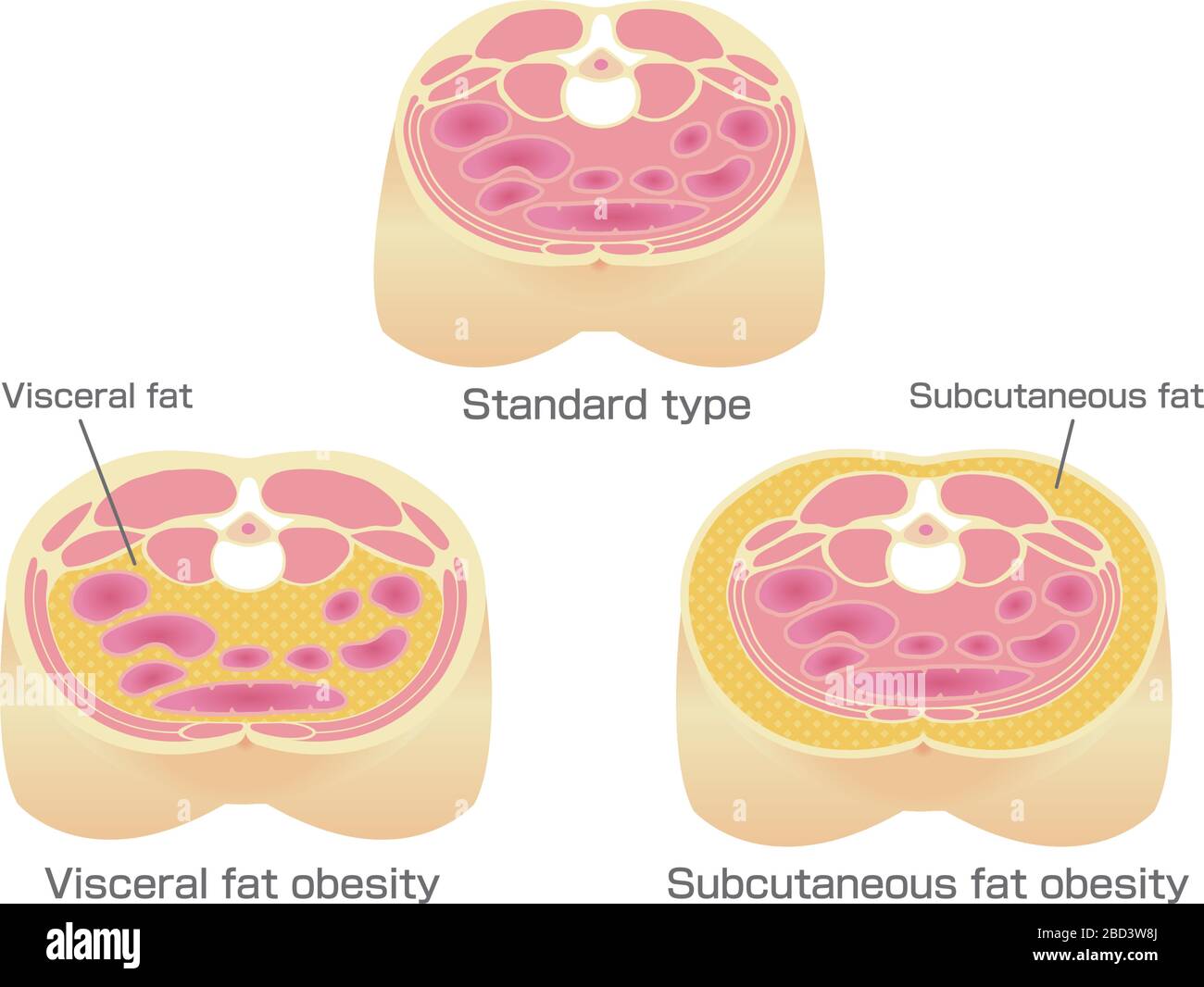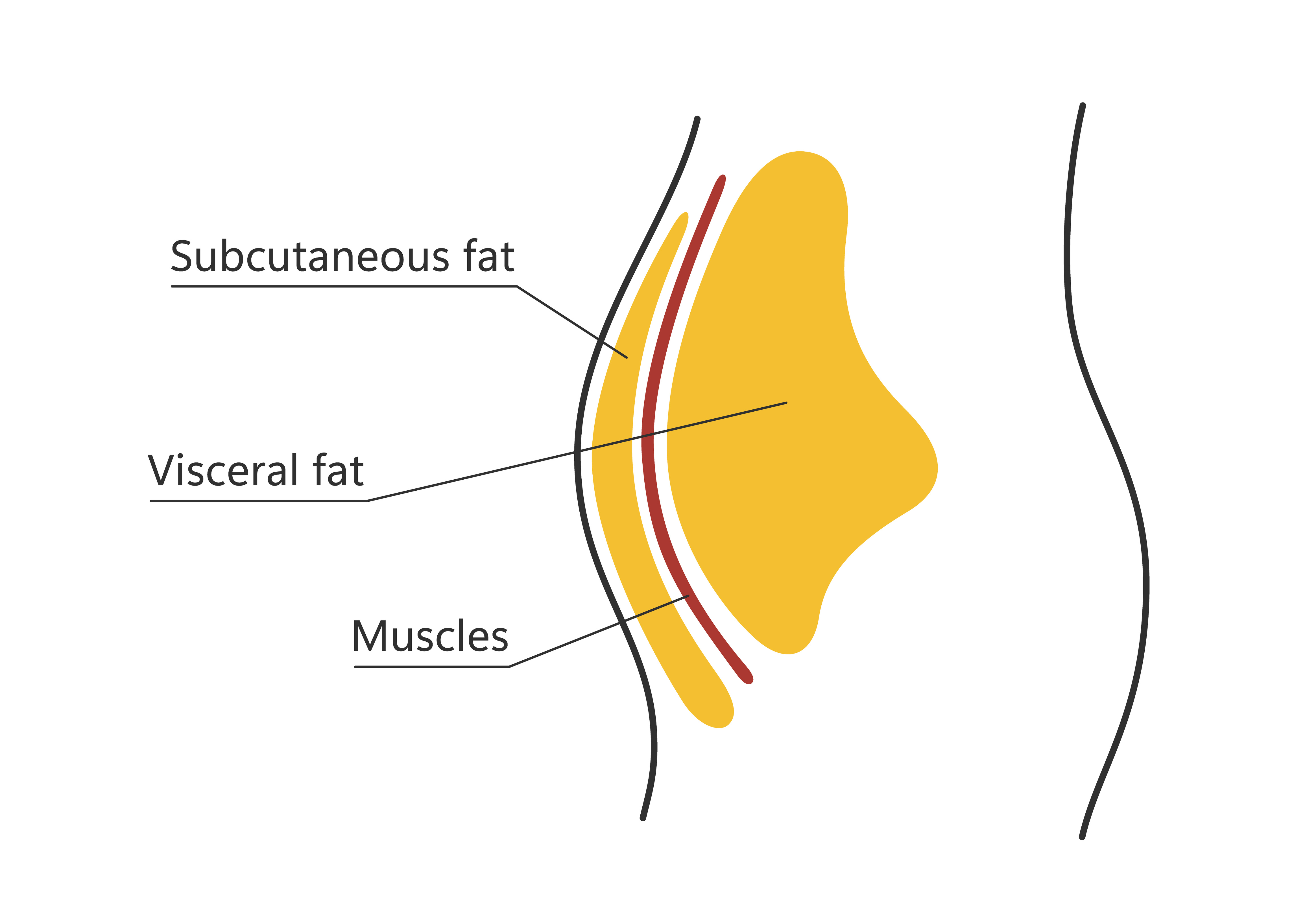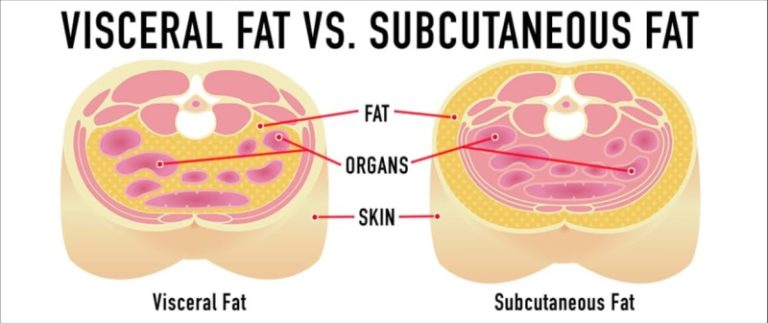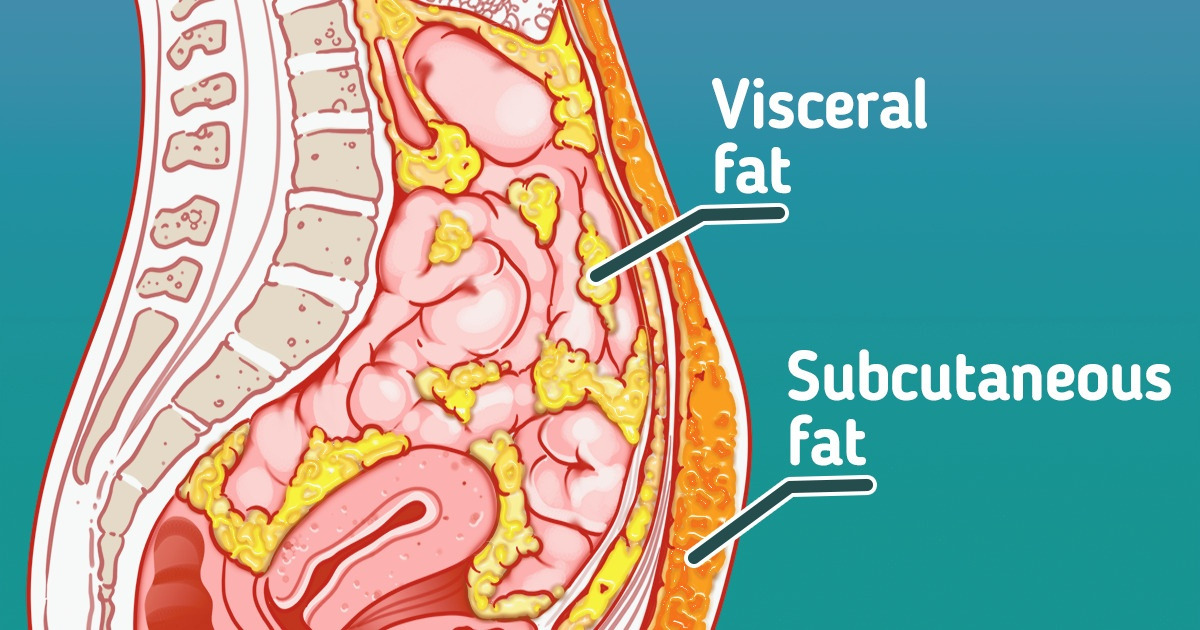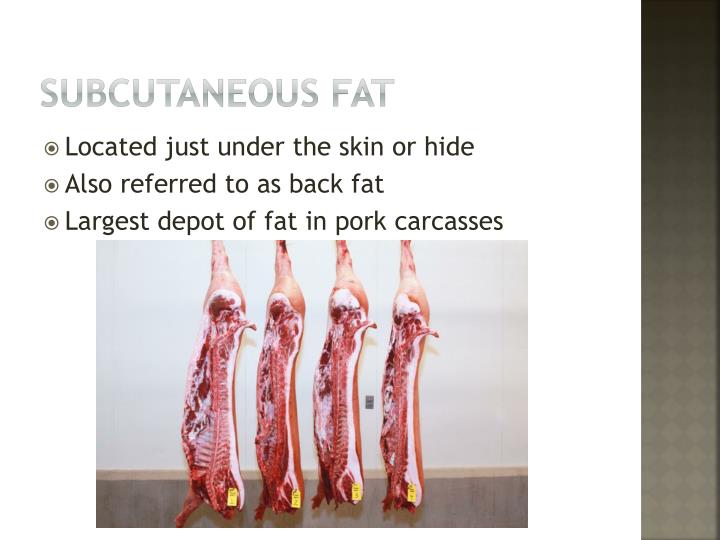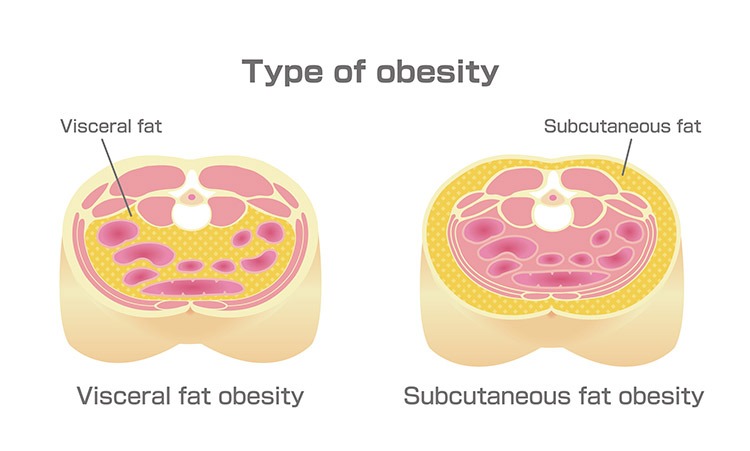Intramuscular Fat Vs Subcutaneous Fat

New research is sounding the alarm: not all fat is created equal. The battle for a healthy body composition is shifting focus from overall fat percentage to the dangerous distinction between intramuscular fat (IMF) and subcutaneous fat (SCF).
This article breaks down the critical differences between these two types of fat, highlighting the urgent need to understand their distinct impacts on health, from metabolic disorders to cardiovascular risks. We delve into recent findings and expert recommendations, empowering you with the knowledge to make informed decisions about your well-being.
The Enemy Within: Intramuscular Fat (IMF)
IMF, as the name suggests, is fat stored within the muscle fibers themselves. Unlike subcutaneous fat, which lies beneath the skin, IMF is often invisible and can be particularly insidious.
Excessive IMF accumulation hinders insulin sensitivity, disrupting glucose metabolism and paving the way for type 2 diabetes. Studies published in journals like Diabetes Care consistently link high IMF levels to increased risk of metabolic syndrome, a cluster of conditions that raise your risk of heart disease, stroke, and diabetes.
Who is at risk? Individuals with sedentary lifestyles, poor diets high in processed foods, and genetic predispositions are more susceptible to IMF accumulation. What is happening? The fat infiltrates muscle tissue, impairing its function and responsiveness to insulin.
Subcutaneous Fat (SCF): The Lesser of Two Evils?
SCF resides directly beneath the skin and is the fat we can typically pinch and see. While excess SCF contributes to weight gain and related health issues, it's generally considered less metabolically harmful than IMF.
Where does it accumulate? SCF is most commonly found in the abdomen, thighs, and buttocks. When does it become a problem? When SCF levels are excessively high, they can contribute to insulin resistance and other metabolic disturbances.
However, studies suggest that SCF may even offer some protective benefits, such as storing excess energy and buffering against cold temperatures. A Journal of Clinical Endocrinology & Metabolism study noted that individuals with predominantly subcutaneous fat distribution sometimes exhibit better metabolic profiles than those with similar overall fat mass but higher IMF.
Distinguishing the Danger: Diagnostic Tools and Assessment
Identifying and quantifying IMF requires more sophisticated methods than simply stepping on a scale. How is it measured? Magnetic Resonance Imaging (MRI) and Computed Tomography (CT) scans are the gold standard for accurately measuring IMF levels.
These imaging techniques provide detailed cross-sectional images of muscle tissue, allowing researchers and clinicians to quantify the amount of fat infiltration. Dual-energy X-ray absorptiometry (DEXA) scans, while primarily used for bone density, can also provide estimates of body composition, including visceral and subcutaneous fat, though they are less precise for IMF.
Why is this important? Early detection of high IMF allows for timely intervention and lifestyle modifications to mitigate its harmful effects. The American Heart Association recommends regular physical activity and a balanced diet to manage both IMF and SCF.
Combating IMF: Strategies for a Healthier Future
The good news is that IMF is responsive to lifestyle interventions. Resistance training, combined with a diet rich in lean protein and complex carbohydrates, is crucial for reducing IMF and improving muscle health.
Specific dietary strategies include limiting processed foods, saturated fats, and added sugars. Who can benefit? Everyone! Regular exercise and a healthy diet are fundamental for maintaining optimal body composition.
Researchers are also exploring pharmacological interventions to target IMF specifically. Further studies are underway to assess the efficacy of these therapies.
The Road Ahead: Research and Recommendations
Understanding the nuances between IMF and SCF is critical for personalized health strategies. Ongoing research aims to further elucidate the mechanisms underlying IMF accumulation and its impact on various health outcomes.
Consult with your healthcare provider to assess your individual risk factors and develop a tailored plan for managing your body composition. Staying informed and proactive is your best defense against the silent threat of intramuscular fat.
The National Institutes of Health (NIH) is actively funding research to develop more effective strategies for preventing and treating IMF-related health complications. The fight against dangerous fat is far from over, but awareness and informed action are powerful tools in your arsenal.

